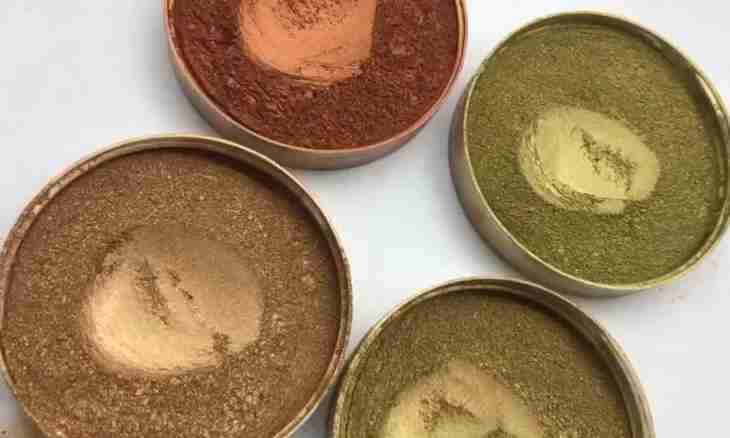Throughout several millennia the so-called bronze age reigned in various regions of the planet. This historical era received the name because of wide circulation of bronze. This material which is metal alloy became the basic in production of weapon and instruments of labor in those days.
What is bronze
Bronze represents composition from several metals well-known in chemistry. Traditionally since ancient times alloy without fail joined copper and tin. Added insignificant additives in the form of arsenic and lead to structure much less often, and sometimes and zinc. It is also accepted to carry copper alloys with silicon, beryllium, aluminum and some other metals to bronze.
The main property of bronze which made it popular consists in rather high easily fusibility. High foundry characteristics of bronze alloy are combined with the excellent durability of this material. Even in the conditions of primitive ancient production bronze was very simple to be processed, and all products from it differed in good consumer properties.
People learned to melt bronze as a part of which surely there was a tin at the end of the IV millennium B.C. It so well took root that it was widely applied in life and military science even after universal distribution of iron tools. It is interesting that almost all the 18th century bronze continued to be used at production of guns.
Art products from bronze and house utensils became widespread.
Of what metals bronze consists
First place on quantitative structure in tin bronze is traditionally won by copper. Then tin follows. The alloying additives in the form of lead, arsenic and very insignificant impurity of zinc finish composition; sometimes they are not used in similar alloys at all. Use of any alloying additives in general increases resistance of bronze to destructive corrosion.
A small amount of zinc does bronze of cheaper.
In the modern industry also bronze which part tin is not is used. These are multicomponent alloys where except copper include in different proportions iron, nickel, manganese, aluminum, silicon. Similar compositions from several metals in combination with copper provide acceptable shrinkage at bronze crystallization. Bronze with the high content of tin has a number of features. It gives in to different types of machining worse: to rolling, forging and stamping. And here on foundry qualities such bronze practically does not have equal. For this reason similar alloys and widely apply today to production of the figured castings having an intricate configuration. Bronze – excellent material for art casting. In the chemical industry do very qualitative cast fittings of this material.

